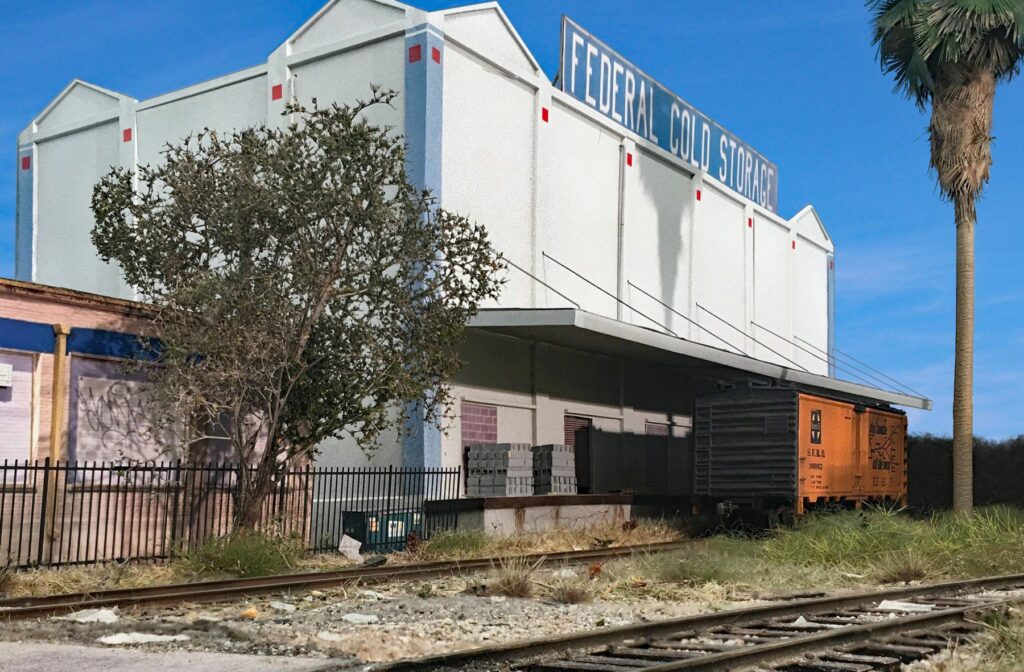The first step in creating an effective model is having a clear understanding of the elements that contribute to the end result, and the percentages of those contributions. Looking solely at the visual impact something contributes, and not taking into account prototypical accuracy, those elements are:
- Color treatment (hue, saturation, sheen, etc.)
- Composition (if dealing with overall scenes, not an individual model)
- Neatness of assembly
- Edge thickness
Today I’m going to discuss neatness of assembly. Neatness is often thought of as the lack of sloppiness. That’s true, but only partly so. A “neatly” constructed model covers an entire range of issues which includes, but isn’t limited to: Parts that are aligned and don’t lean or have skew. Parts that are fully seated. No flash on the edges. No errant globs of glue. Decals that are perfectly aligned and aren’t “frosty”. No gaps at parts joints. No parts lift or curl. No paint runs. No ballast stuck to the rail. The list goes on and on.
Working this vital modeling element into our repertoire requires:
- Understanding the enormous visual contribution neatness makes.
- Actually caring about whether our work is neatly assembled or not.
- Acquiring the skill of “neatness of assembly”.
Understanding how important the issue is, and caring are only the starting points. Make no mistake about it, neatly assembly something is a skill, and not always an easy one to master.
Any active modeler, no matter how experienced, fights with it continually and focuses on it with every project.
The bottom line is this, neatness is a major visual contributor to an effective modeling result. It’s a skill and costs nothing more than effort, dedication, and awareness.

James Sandrin
Thank you for putting it so sustinctly. Many seem to think that “weathering” will compensate for sloppy work or that clutter will distract the eye away from poor execution. I have a 3×5 card that was a gift from the now-defunct McKeen Models. It states the two fundamental rules that a model (railroad ) builder can always refer to when in need:
1. This is my railroad.
2. While illuminating discussion of prototype history, equipment and operating practices is always welcome, in the event of visitor-perceived anachronisms, detail discrepancies or operating errors, consult Rule 1!
As was implied by the work of those friends, Bill McKeen, Rod “Bat ” Masterson and Jim Hagan, neetness counts. Thanks Jim Sandrin